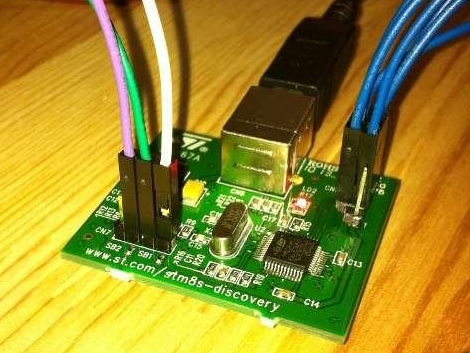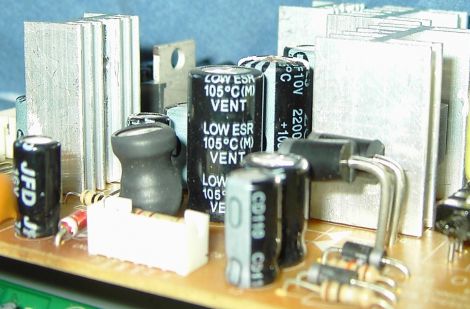
This slick little chronograph can tell you how fast your paintballs are going, as well as what your firing rate is. In this instructible by [Klash69], you can see how to build one for yourself for less than $40. Chronographs themselves aren’t usually too interesting, but we thing he has done a great job here. You have a nice compact package with a big bright display. All it really needs now is a smooth enclosure. As far as the tech details go, he’s using IR sensors spaced 4 inches apart for detection, at the barrel. We’re not experts, but we think this might not work as well on a gun due to muzzle flash, someone who actually knows should let us know in the comments. The brains are a PIC18F13k50 and you can download a full parts list and schematic on the instructible.
You can see a video of it in use after the break.














